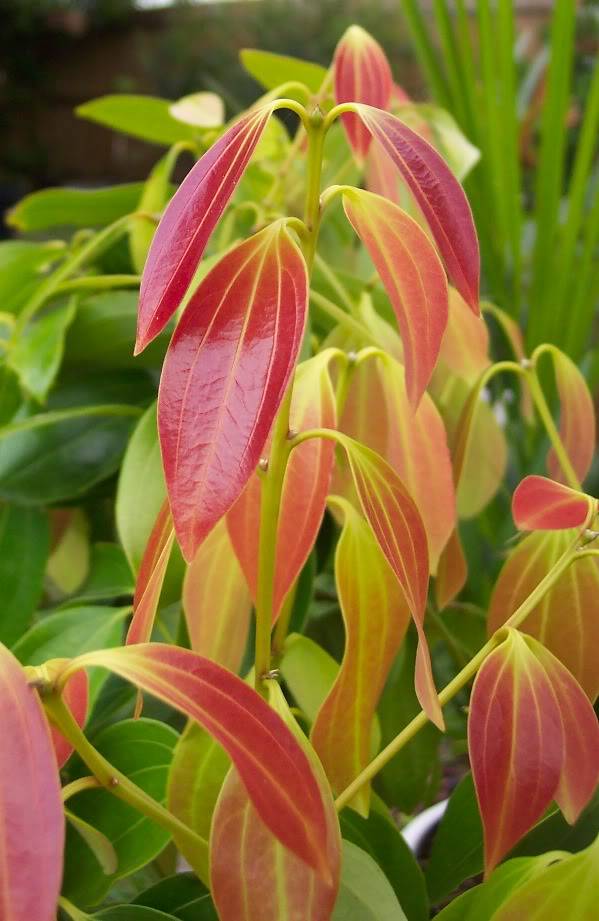How To Grow And Care For A Bugleweed Plant
Bugleweed is a species of plant that is known for its attractive foliage and bright flowers. It is a low-maintenance plant that is easy to grow and care for. In this article, we will explore how to grow and care for bugleweed, including its plant attributes, care, pruning, propagation, potting & repotting, and common pests & plant diseases.
:max_bytes(150000):strip_icc()/ajuga-or-bugleweed-plants-2132213-05-5e7c54d279f84a53b7c46ea7e3a525fe.jpg)
Plant Attributes
The bugleweed plant is a type of creeping perennial that is native to Europe, western Asia, and northern Africa. It is a member of the mint family and is known for its attractive blue-purple flowers and dark green foliage. The plant typically grows 4-6 inches tall and spreads 6-12 inches wide. It is a low-growing plant that is often used as a groundcover in gardens and landscapes.
Bugleweed is a hardy plant that can grow in a wide range of soil types and environmental conditions. It prefers moist, well-drained soils and partial shade to full sun. It is generally resistant to pests and disease and does not require much maintenance once established.
Plant Care
Bugleweed is relatively easy to care for and requires minimal maintenance. Here are some tips for caring for your bugleweed plant:
- Water the plant regularly, especially during hot and dry weather.
- Fertilize the plant once a year in the spring with a balanced fertilizer.
- Remove any dead or damaged leaves or stems as needed.
- Provide some shade during hot summer months to help prevent the plant from drying out.
Pruning
Pruning is not generally necessary for bugleweed, but occasional trimming can help keep the plant looking neat and tidy. Prune the plant in early spring before new growth begins. Trim back any dead or damaged leaves or stems and cut back any tall or leggy growth to encourage bushier growth.
Propagation
Bugleweed can be propagated by seed, division, or cuttings. Seed propagation is relatively easy and can be done by sowing the seeds in the fall or spring. Division is best done in the spring or fall by digging up the plant and dividing it into smaller sections. Cuttings can be taken in the summer and rooted in moist soil.
Potting & Repotting
Bugleweed can be grown in containers, but it is important to choose a pot that is large enough to accommodate the plant's growing roots. Use a well-draining potting mix and place the pot in a location that receives partial shade. Water the plant regularly and fertilize once a year in the spring with a balanced fertilizer.
Common Pests & Plant Diseases
Bugleweed is generally resistant to pests and diseases, but it can occasionally be affected by leaf spot or crown rot. Leaf spot is characterized by small, dark spots on the leaves, while crown rot is characterized by a soft, mushy stem at the base of the plant. To prevent these issues, make sure to provide adequate air circulation and avoid overwatering.
Common Problems
One common problem with bugleweed is that it can sometimes become invasive and overtake other plants in the garden. To prevent this, make sure to plant it in areas where it can spread without causing problems or consider using a barrier to contain its growth.
Overall, bugleweed is a beautiful and low-maintenance plant that can add color and texture to your garden. With proper care and maintenance, your bugleweed plant can thrive for many years to come.

:max_bytes(150000):strip_icc()/tall-annuals-for-impact-1401929-15-31e3342362614133b7bc41063ad7fe25.jpeg)
:max_bytes(150000):strip_icc()/crownimperialGettyImages-639835260-65b883f796d048c9811badda42d802dc.jpg)

Post a Comment for "How To Grow And Care For A Bugleweed Plant"